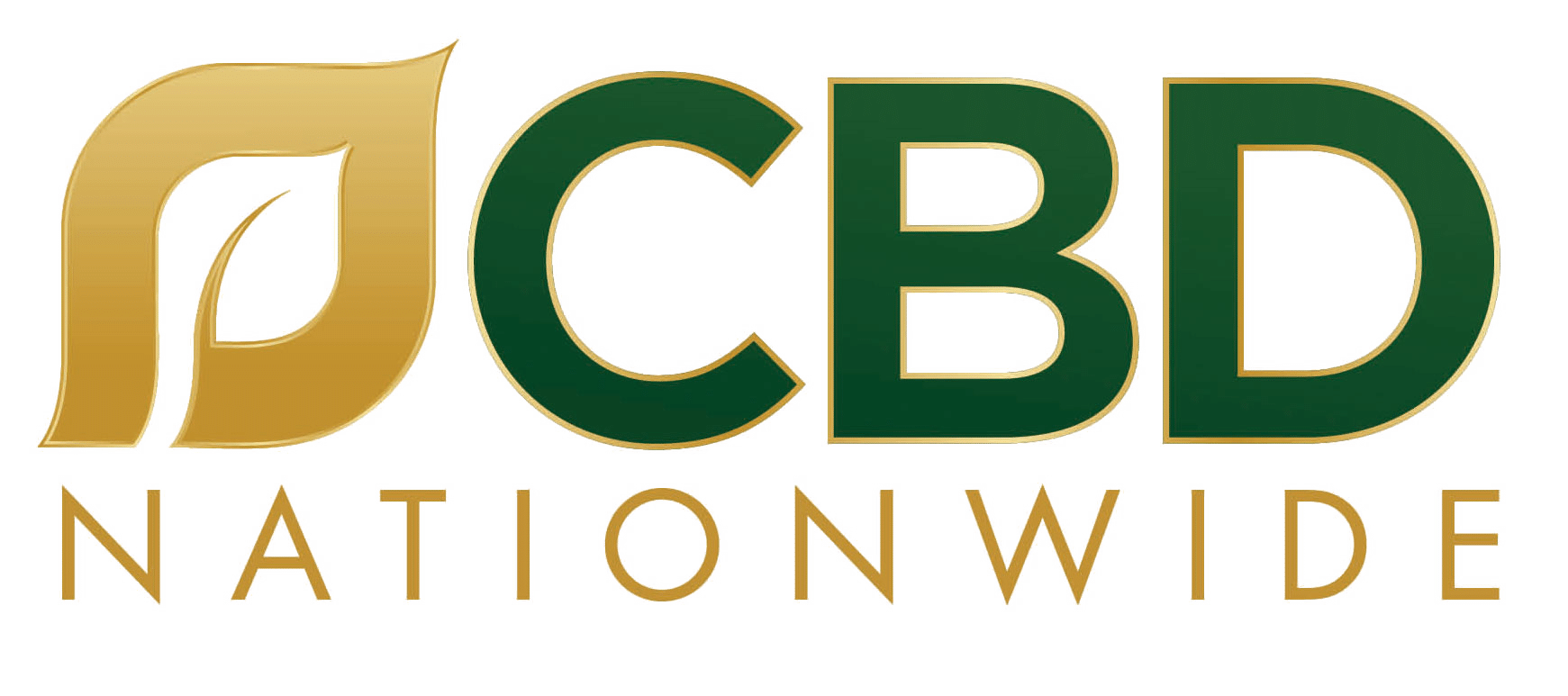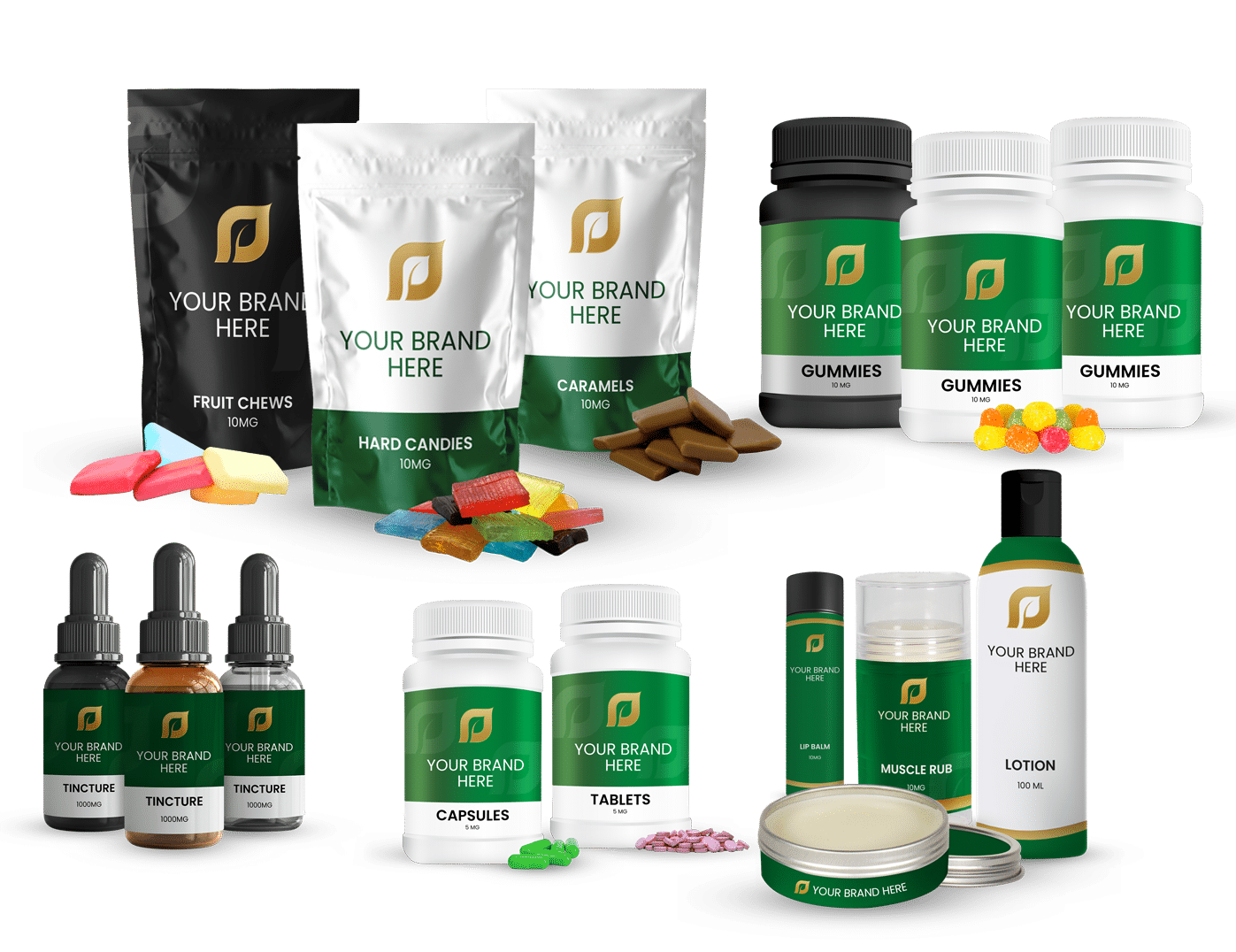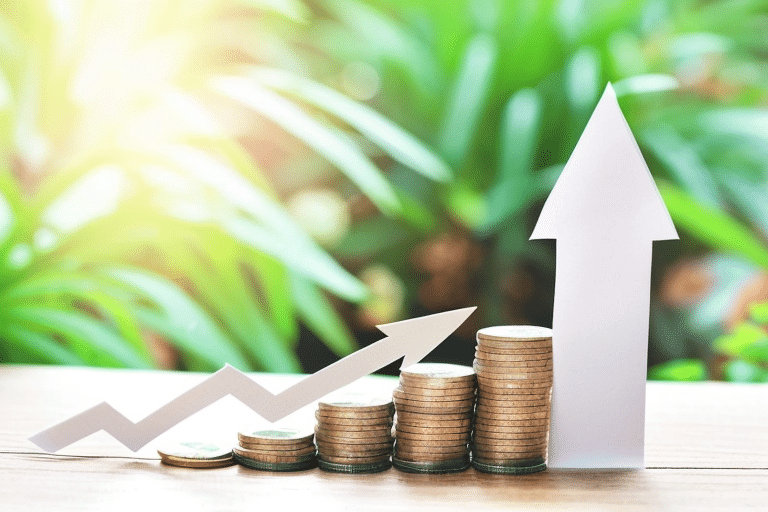Current trends and future predictions for private labeling include an increase in market share, a shift towards bulk buying and self-care products, a resurgence in baking ingredient sales, and a consumer preference for convenience. Retailers can navigate these changes by expanding their product range, investing in online growth capabilities, emphasizing transparency and sustainability, offering unique home dining experiences, and adopting an omnichannel approach to reach larger audiences.
Table of Contents
ToggleThe World of Private Labeling
In the retail universe, a subtle yet fascinating shift is occurring. Private label products, once the overlooked wallflowers on grocery store shelves, are now taking center stage. Especially in high-inflation categories like oils, shortenings, milk, and sugar, these once-underrated items are flexing their muscles.
The Here and Now of Private Labeling
Silently but surely, private label food and beverage have been padding their dollar share. In fact, they’ve swelled to a noteworthy 18.5% during the four weeks up to April 17, 2022.1 That’s an uptick of 0.8 points from the same period last year and a modest bump of 0.4 points compared to the preceding month.
This growth isn’t random; it’s driven by retailers’ strategic investments in their own brands—a calculated move expected to further inflate their market slice. Another factor is the growing price differential between private labels and name brands—an opportunity for retailers to tweak prices on their proprietary items to offset commodity costs while remaining appealing versus branded goods.
With inflation on the rise, consumers are becoming savvy bargain hunters. More business is gravitating towards club stores, dollar stores, limited assortment outlets, and mass merchandisers. But this doesn’t mean a farewell to luxury—products like pasta sauce and sports drinks still see hearty growth as consumers swap out-of-home extravagances with indulgent at-home alternatives.
As consumer behavior morphs, we’re witnessing consistent expansion in self-care products such as vitamins—thanks to the pandemic sparking interest in immune-boosting solutions. Also noteworthy is our inclination towards buying bulk—a trend that lingers even beyond pre-COVID norms.
Talking about tendencies, club shopping continues its steady ascent—appealing especially to middle-class families. On another note, sales of baking ingredients are back up after being momentarily derailed by the pandemic—right back where they were before COVID-19 hit.
Although food consumption at home remains marginally higher than pre-pandemic levels, this hasn’t fueled continual interest in home cooking—most of us still favor convenience over kitchen escapades.
And oh! Remember chewing gum? Sales plummeted during the early pandemic days but have since rebounded—a testament to how consumer behavior evolves over time.
There’s never been a more riveting moment for private labeling—let’s dive deeper into this intriguing world!
The Metamorphosis of Private Labeling
The pandemic has impacted private label brands through reduced demand due to changes in consumer behavior and supply chain disruptions, but they can thrive post-pandemic by expanding their product range, investing in online growth capabilities, emphasizing transparency and sustainability, and offering unique home dining experiences.
2020-2021 Retrospective: Private Brands’ Wild Safari
The tumultuous duo of 2020 and 2021 was nothing short of a roller coaster ride for private label brands. As our planet grappled with the pandemic, consumers sought comfort in the familiarity of big-name brands, leaving their private label cousins in the shadows.
For the first time in ten years, national brands grew faster than their private counterparts—why? The culprit was a global supply chain meltdown that forced manufacturers to prioritize higher-margin products over lower-margin private label offerings.
However, supply chain hiccups were not the only setback for private labels. Thanks to COVID-19 restrictions reducing commuting and travel, folks found themselves with a thicker wallet. This additional cash influx allowed consumers to indulge in national brands instead of pinching pennies with private labels.
COVID-19’s Ripple Effect on Private Labeling
The pandemic dealt a heavy blow to everyone, including the private labeling industry. As we gradually emerge from the economic rubble and inflation starts crawling up, experts anticipate a shift in consumer behavior—tighter purse strings and revamped shopping habits. This transition presents retailers with an opportunity to add some shine to their private label strategies by offering a diverse product lineup that caters to consumers seeking value and variety.
So how does this metamorphosis occur? Here’s what industry insiders believe could shape the future of private labeling:
- Amplifying private label goals – Retailers must invest in technology and bolster online growth, fulfillment, and delivery capabilities to hold their market turf.
- Local or regional solutions – Consumers crave brand transparency—they want the 411 on product origin and manufacturers.
- Elevating home dining – Amidst 2020’s business shutdowns, restaurants launched DIY kits alongside take-out menus, extending consumer options.
- Swearing allegiance to sustainability – The pandemic amplified consumer consciousness about health and environmental concerns, making transparency crucial.
With inflation on an upward trajectory, consumers are likely to demand broader selection and scrutinize a product’s environmental footprint before buying. Retailers and manufacturers who meet these demands can secure consumer loyalty and stay competitive in this new post-pandemic economy.
While private label brands have weathered a tough couple of years, they’ve also stumbled upon golden opportunities for reinvention and growth. By focusing on expanding product range, investing in technology for superior customer service, embracing transparency, offering unique home dining experiences and pledging commitment to sustainability; retailers can enhance the allure of private labels for savvy shoppers navigating an uncertain economy.
Decoding the Future of Private Labels
The future of private labeling in an inflationary era is shaped by emerging trends and consumer behaviors such as value-conscious shopping, a growing preference for omnichannel shopping experiences, demand for transparency, desire for more choices in at-home shopping, and a strong emphasis on sustainability.
The Shining Beacon of Value in an Inflationary Era
In the turbulent sea of today’s economy, private labeling stands as a lighthouse guiding value-conscious shoppers. The shift to value shopping, a reaction to inflation, is no longer subtle; it’s a full-blown consumer movement. A striking 45% of consumers have cited ‘price’ as their primary reason for gravitating towards private labels. Additionally, more than half (58%) see these labels as viable alternatives to mainstream brands, with a sturdy 70% endorsing their quality as equal or superior.
However, what about luxury goods? They’re still holding their own! Regardless of the economic climate and tightening budgets, the persistence of premium products amid economic fluctuations is undeniable. Nearly a quarter (23%) of customers assert that direct-to-consumer (DTC) channels offer superior products, while over half (61%) believe these companies provide more engaging and personalized digital experiences than marketplaces or third-party channels.
Four Emerging Trends in Private Labeling
Peering into the future of private labeling reveals four significant trends to monitor:
- Redefining private label goals: embracing omnichannel presence. E-commerce is projected to reach $36 billion by 2023 (a 20% surge from 2022), with social commerce anticipated to amass $30.73 billion in sales (comprising 20% of global retail eCommerce sales).2 Given that three-quarters (75%) of retailers already employ shoppable posts and social storefronts, an omnichannel approach is becoming increasingly crucial.
- Regional solutions: catering to the transparency trend. Transparency has evolved from a nice-to-have into a non-negotiable requirement for today’s discerning consumers – so much so that 41% regard user reviews and ratings as the paramount factor in online purchasing decisions.
- Enhancing at-home shopping: power lies in choice. Modern consumers are choice-hungry – evident from everything like DIY home projects experiencing a 14% YoY (year-over-year) growth or resale services being utilized by 65% of shoppers. Plus, companies that offer free shipping see a conversion rate boost by 20%, signifying another consumer-choice win!
- A renewed commitment to sustainability: meeting contemporary consumer expectations. Brands, take note! If sustainability isn’t part of your strategy, you’re at risk! Over half (52%) of today’s well-informed shoppers insist on heightened sustainability efforts.
The future of private labeling presents an exhilarating landscape where only those who adapt to shifting consumer behaviors stand a chance to flourish. So buckle up and get ready for an exciting journey!
Navigating the Unpredictable Seas of Consumer Behavior and Private Labeling
In the fast-pasted, ever-changing world of consumer behavior, marketers are continuously challenged to rethink and reinvent their strategies. This necessity for innovation holds truest when navigating the realm of private labeling.
Riding the Wave of Demand for Health and Wellness Products
The global pandemic has shone a harsh spotlight on health and wellness, prompting a swift e-commerce boom. Consumers are now more discerning about the brands they patronize, precipitating noteworthy shifts in brand loyalty. Self-care and preventive health products have skyrocketed in demand, as people look for ways to stay healthy and boost their immunity.
So who’s winning in this new world order? Brands that have successfully managed to ride this wave of social impact commerce – those championing eco-friendly supply chains, sustainable manufacturing methods, and zero-waste packaging – have found favor among consumers.
The Club Channel Model: A Rising Star Among Middle-Income Families
A fascinating trend emerging among middle-income families is their growing fondness for the club channel model. Here’s a surprising truth: knowing who isn’t buying your product today is key to shaping your online retail future! Counterintuitive as it might seem, in successful online specialty retail, the merchandiser’s experience often trumps the developer’s experience.
Although ‘going headless’ in e-commerce provides an excellent developer experience, it can compromise the journey for merchants. Striking a balance between leveraging developers’ expertise and creating a seamless merchant experience is essential.
Cooking Up New Trends Amidst Pandemic Constraints
The pandemic has transformed many of us into homebound culinary enthusiasts! Direct-to-consumer sales have surged, leading to an increase in first-party data collection and providing valuable customer insights. This trend, coupled with the growing prevalence of premium private-label tiers, has resulted in an intriguing market shift.
Many consumers now view private label products as being on par with national brands, if not superior. This perception creates fertile ground for marketing automation tools and personalization platforms that can enable swift and effective consumer engagement.
Automation is proving itself as an invaluable force multiplier in digital marketing – making each hour exponentially more effective than that of a less technologically-versed marketer. It also helps brands safeguard against rising threats such as fraud by preventing high-risk orders from being fulfilled or causing expensive chargebacks.
The dynamic evolution of consumer behavior continues to mold market trends – adding an irresistible dash of spice to the world of private labeling!
Technological Revolution: The Game Changer for Private Labels
Social commerce is significantly impacting the retail industry and private label sales by enabling retailers to reach larger audiences, providing personalized shopping experiences, leveraging reviews and ratings as trust-builders, and utilizing analytics and AI for effective marketing and streamlined processes.
Social Commerce: The Retail Game Changer
Imagine this: private labels and social commerce intertwining to shape the future. That’s not a fantasy, it’s our reality! Social commerce is trailblazing a new retail landscape, with private labeling jumping onboard. Private label sales skyrocketed by an impressive $1.9 billion in 2021, underscoring technology’s transformative impact.3
In simple terms, private labeling enables retailers to sell third-party-produced goods under their own brand names. It’s a lifeline for firms without the means or resources to manufacture their own products. By leveraging social commerce, these companies can tap into larger audiences and elevate their private label product sales.
Personalized Shopping: Winning Over Customers
We’re living in a digital age where personalized shopping holds the key to customer loyalty for private labels. It’s a win-win scenario: customers relish custom-made shopping experiences while retailers secure faithful consumers and enjoy fatter profit margins. It’s more cost-effective and profitable than purchasing and reselling products from household name brands.
Retailers boasting an established private label range can distinguish themselves from rivals who merely stock and resell big brands. These savvy retailers use personalization as a strategy to carve out distinctive identities and nurture customer trust – a must-have ingredient when launching a fresh product line.
Ratings & Reviews: The Online Shopper’s Guide
If there’s anything online shoppers fancy more than a bargain, it’s solid reviews and ratings. Their influence is so potent that they can make or break a product – particularly for private labels battling to earn initial consumer trust.
During the COVID-19 pandemic’s early days, many consumers turned to cheaper private label products. Interestingly, over 45% of respondents flagged lower prices as their chief motive for this shift. But even with lower price tags, consumers still placed high importance on reviews and ratings – highlighting their clout in online shopping.
Analytics & AI: The Tech Titans of Retail
Lastly, let’s shine the spotlight on two tech titans – analytics and artificial intelligence (AI). These dynamic duo are revolutionizing modern retail including the realm of private labels.
The e-commerce boom presents an exhilarating opportunity for private labels to regain traction through analytics and AI. Companies need to strategize effective marketing methods while prioritizing top-notch product development. Retailers can harness data analytics to decode consumer behavior and use AI to streamline various processes – from inventory management to tailor-made marketing.
Technology reaffirms its indisputable role in moulding industries – currently it’s redefining the future of private labels in retail.
Navigating the Future: It’s Time to Re-think and Re-strategize
Current trends in the Consumer Packaged Goods (CPG) industry include a shift towards digital retailing and private labels, a focus on understanding consumer behavior particularly among Gen Z, and a growing emphasis on sustainability and responsible consumption, all of which are reshaping retail strategies to adapt to these changes.
Retailers, Buckle Up: The Digital Transformation of Private Labels
In this high-speed era of Consumer Packaged Goods (CPG) – a $2060 billion powerhouse expected to hit $2808 Billion by 20304 – there’s no room for complacency. This would-be smooth sailing is riddled with the need for agility and strategic foresight.
The CPG industry casts a wide net over six sectors, with the Food and Beverage category set for an explosive growth spurt. Why? A perfect storm of short shelf-life products, population boom, and ever-changing consumer habits.
But here’s the kicker: online channels are driving the future of CPG retailing. Predicted to surge by an eye-watering 8.3% CAGR from 2020 to 2027, digital is the new playground. It’s time for retailers to rethink private label strategies and fully embrace digital transformation or risk getting left in the dust.
Consumer Power: Deciphering the Market through Consumer Insights
To crack the code of the CPG market, we must dive into consumer behavior. North America dominated 2021 with a $598.9 billion piece of the pie, while Asia Pacific is fast on its heels, expecting a robust 5.7% CAGR from 2020 to 2027.
Enter Gen Z, a demographic powerhouse holding 40% of global consumer market real estate and wielding a whopping $143 billion spending power! This digitally savvy generation draws their buying inspiration from social media – their go-to source for purchase decision-making.
Yet, consumer preferences are in flux due to inflation causing a 3.2% hike in CPG prices5, triggering a shift in consumption patterns. An unexpected statistic shows that almost half –44%– are ditching online orders for home-cooked meals while aiming for minimal waste.
Moreover, sustainability is taking center stage with more than half –53%– internet users willing to lessen their brand or store usage if they aren’t sustainable enough. People aren’t just talking about it but spending on it too -70% are ready to dig deeper into their pockets (at least 5% more) if products come with sustainable supply chain bragging rights.
Even sales in food & beverages have felt this priority shift with a 25% spike for those focusing on environmental sustainability, social responsibility, and animal welfare. These trends underscore the importance for retailers to stay in tune with evolving customer values.
Epilogue
Retailers can seize the opportunity presented by the shift in consumer behavior towards private-label goods during the COVID-19 pandemic and beyond by refining their private-label strategies. This includes setting clear brand goals, conducting a thorough gap assessment across key areas, crafting distinct customer value propositions for each brand, leveraging consumer insights for product design and sourcing strategies, and choosing an effective operating model with brand stewardship roles.
Parting Shots: Envisioning the Retail World of 2023 and Onwards
Peering into the retail sector’s future, it’s clear that the COVID-19 pandemic has redrawn the landscape for both consumers and retailers. Let’s rewind to the pandemic’s early days when anxiety-induced stockpiling led to an abrupt vanishing act of many consumer-packaged-goods (CPG) brands from our shelves. This surprising plot twist paved the way for an unexpected hero – private-label goods.
When their go-to national brands went MIA, shoppers pivoted towards these private labels – more affordable but still high-grade substitutes. In this tumultuous time, nearly 40 percent of US consumers found themselves experimenting with new products or brands.
A survey from mid-September involving over 2,000 US grocery shoppers revealed that almost one in five bought more private-label products during the pandemic than pre-COVID times. The main lure? Affordability and availability. Over 45 percent switched to private labels mostly due to price, while a shortage of preferred national brands was the runner-up reason.
This consumer behavior pivot offers retailers a golden opportunity like never before. Retailers who grab this moment and fine-tune their private-label strategies can convert this temporary brand-switching into lasting customer loyalty – a pressing need, especially for those yet to seriously invest in their private-label potential.
So, how can retailers accomplish this? Step one is setting clear ambitions for store brands based on market maturity stage, encompassing factors like brand recognition, customer perceptions, penetration rates, quality measures, value propositions, profit margins, and the role of private labels in nurturing store loyalty.
To further sharpen their strategy, retailers should perform an in-depth diagnosis and gap assessment across five pivotal areas—brand strategy, assortment and pricing structure, marketing and packaging tactics, product design and sourcing methods, plus organizational structure and operating model.
One striking discovery from consumer surveys is that while customers see private-label goods as budget-friendly options they don’t necessarily tie them with quality or innovation. Retailers can tackle these perceptions by devising clear customer value propositions for each brand that cater to specific consumer needs.
When it comes to product design and sourcing strategies, retailers have an upper hand over individual CPG manufacturers—they command a treasure trove of consumer insights based on trends spotted across multiple brands.
Lastly, picking an operating model holds significant sway in successfully deploying a private-label strategy. Regardless of choosing a centralized or decentralized model, leading retailers are now incorporating brand stewardship roles within central teams to maintain uniformity across categories.
Wrapping it up – if 2020’s retail turbulence has taught us anything it’s this: change is a given but adapting is discretionary. As we steer past 2023 into an ambiguous future it’s evident that retail players who seize this moment of flux will be best placed to flourish in tomorrow’s retail world.
References
- https://www.fooddive.com/news/treehouse-foods-inflation-private-label/623426/
- https://www.forbes.com/advisor/business/ecommerce-statistics/
- https://storebrands.com/private-label-sales-hit-record-2021
- https://www.sellerapp.com/blog/cpg-industry-trends/
- https://nielseniq.com/global/en/insights/analysis/2023/tracking-grocery-prices-cpg-inflation-slows-but-consumer-spending-power-still-a-concern/





